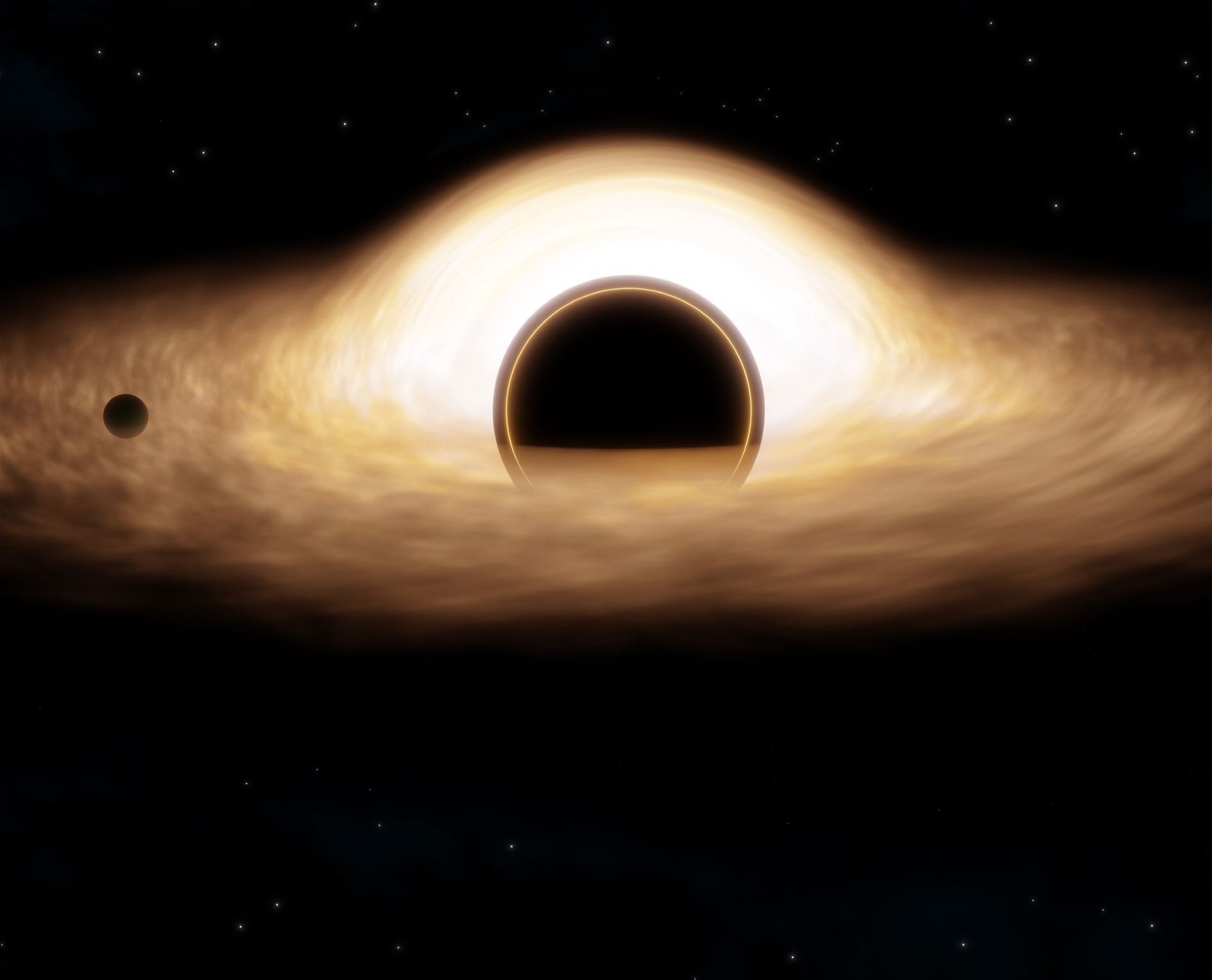
Black holes are some of the most mysterious objects in the universe
The black hearts of galaxies have had their history told almost in full for the first time as astronomers combined X-ray observations with detailed supercomputer models to chronicle the growth of supermassive black holes over 12 billion years of cosmic history. The scientists have shown that the black hole at the core of our Milky Way attained its 4 million solar masses relatively late in its history. Supermassive black holes range from millions of times more massive than our Sun to billions of times more massive, but their origins are unclear, and how they grew to such enormous masses has been a challenge for astronomers to understand. Now, Fan Zou and Niel Brandt, both of Penn State University, have led a team that connected the two mechanisms of black-hole growth from observations and simulations. “A very big question is how do these supermassive black holes grow so massive?” said Zou. “To address that, we need to track the overall growth history of these supermassive black holes.”
Black holes grow via two main mechanisms. One is through the accretion of cold gas from their host galaxy. This gas forms an accretion disc around the black hole itself, and matter from the disc gradually spirals towards the black hole’s core. The accretion disc can grow so dense that friction between gas molecules causes it to heat up to millions of degrees, radiating X-rays in the process. The other mechanism occurs during galaxy collisions – not only do galaxies merge, but their supermassive black holes also eventually coalesce and release a burst of gravitational waves.